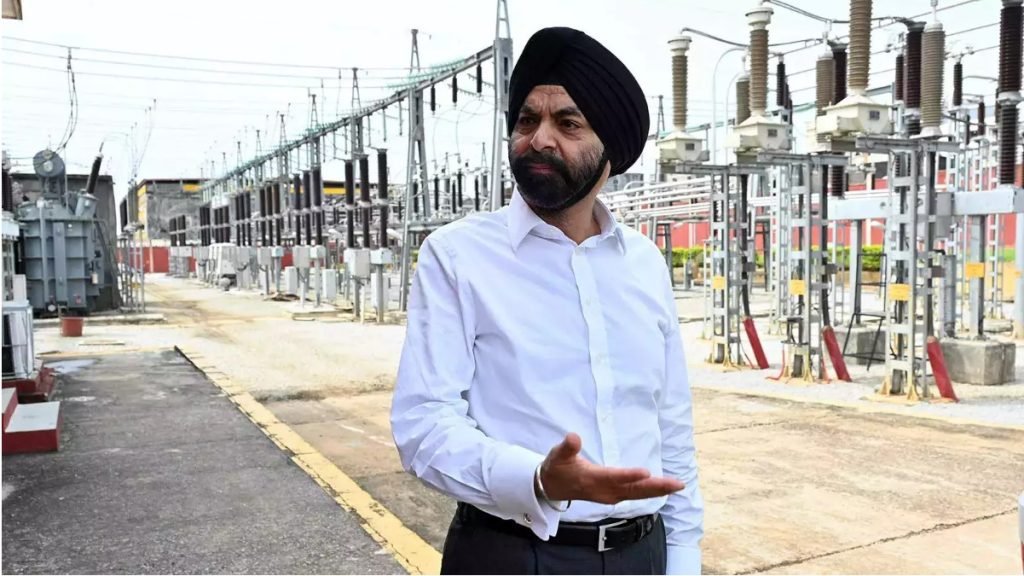The bank’s contribution to this will be tiny. Last year, its standard loan operations totalled $33bn. India cannot hope to get much more than 15% of bank loans in any one year, or $4bn per year. That is peanuts. The bank needs revolutionary changes to leverage its funds. It can co-finance projects with commercial lenders.
Additional funds can come from the bank’s private lending affiliate, the International Finance Corporation, and the soft-lending affiliate, the International Development Association. Even this can provide only a tiny fraction of the required investment.
I think the bank should leverage its limited funds through an interest subsidy on commercial loans to developing countries, making them affordable. This will be a variation of the Horowitz Plan of the 1960s.
Today, global capital markets can comfortably finance trillions of dollars of green investment. Some developing countries lack expertise in project design and execution. But this is no problem in India, which has a flourishing renewables sector already.
A major problem is the high cost of capital. Renewable energy and green hydrogen are enormously capital intensive. Their operating costs are tiny, so almost the entire running cost is the servicing of capital. Hence, the interest rate becomes crucial.
The bank needs revolutionary changes to leverage its funds. It can co-finance projects with commercial lenders.
Till recently, inflation and interest rates were very low in rich countries. Project finance could be raised at just 3%. However, developing countries have to pay a substantial risk premium over the best rates. Besides, companies bidding for projects in India quote a fixed rupee power tariff for 25 years. So, they have to convert dollar loans into rupee loans to eliminate the exchange rate risk, and this adds an additional 5-6% to the interest rate.
In consequence, renewable power in India can cost twice as much as the best rates abroad. India has advantages like very low construction costs and ample sunshine. Hence winning bids for renewable projects were once as low as Rs 1.99/unit. Today, winning bids have gone up to Rs 2.50-3.00/unit because of heavy import duties to protect a domestic manufacturing sector.
This is still cheaper than solar energy in colder, cloudier countries. But it is far above the cheapest global rates. Projects in 2020 in Saudi Arabia were won for just 1.04 cents (Rs 0.83) per unit. Portugal attracted dollar bids equal to Rs 1.07, Abu Dhabi at Rs 1.10, Qatar at Rs 1.29, and the US at Rs 1.23 at today’s exchange rate. India’s renewable power is twice as costly as these projects in rich countries. Construction costs in India are lower, but those highly creditworthy countries can borrow in dollars at the cheapest rates. Indian competitors pay higher interest rates plus fees to swap dollar loans into rupee loans. This raises power costs and erodes India’s competitiveness.
The problem is acute for green hydrogen, needed to replace carbon in industries like steel and cement. Reliance chairman Mukesh Ambani aims to reduce the cost of green hydrogen from the current $3-5/kg to $1/kg. But that requires cheap solar electricity, the main input for making green hydrogen. If the input is double the cheapest cost elsewhere, Indian green hydrogen will be uncompetitive.
This highlights the importance of reducing interest rates on dollar loans to countries like India. The World Bank can play a critical role here. Instead of financing entire green projects, it can give loans to country institutions that provide interest subsidies to worthy projects. The bank should not scrutinise every project — that will be far too bureaucratic and time-consuming.
India already has an institutional set-up for assessing and disbursing grants under its Production Linked Incentive. Having developed expertise in assessing and disbursing production subsidies, the same institutions could be used for overseeing interest rate subsidies for green projects in both the public and private sectors.
In this manner, an interest subsidy of one dollar can help finance 25 dollars of green investment. That will excellently leverage the bank’s limited funds.
For countries like India, the major problem is not the availability but cost of green finance. The bank can help make enormous commercial loans more affordable. Part of its assistance should be on concessional terms. The fall in project costs will improve viability, helping cut commercial interest rates further. That will help make India more competitive.


